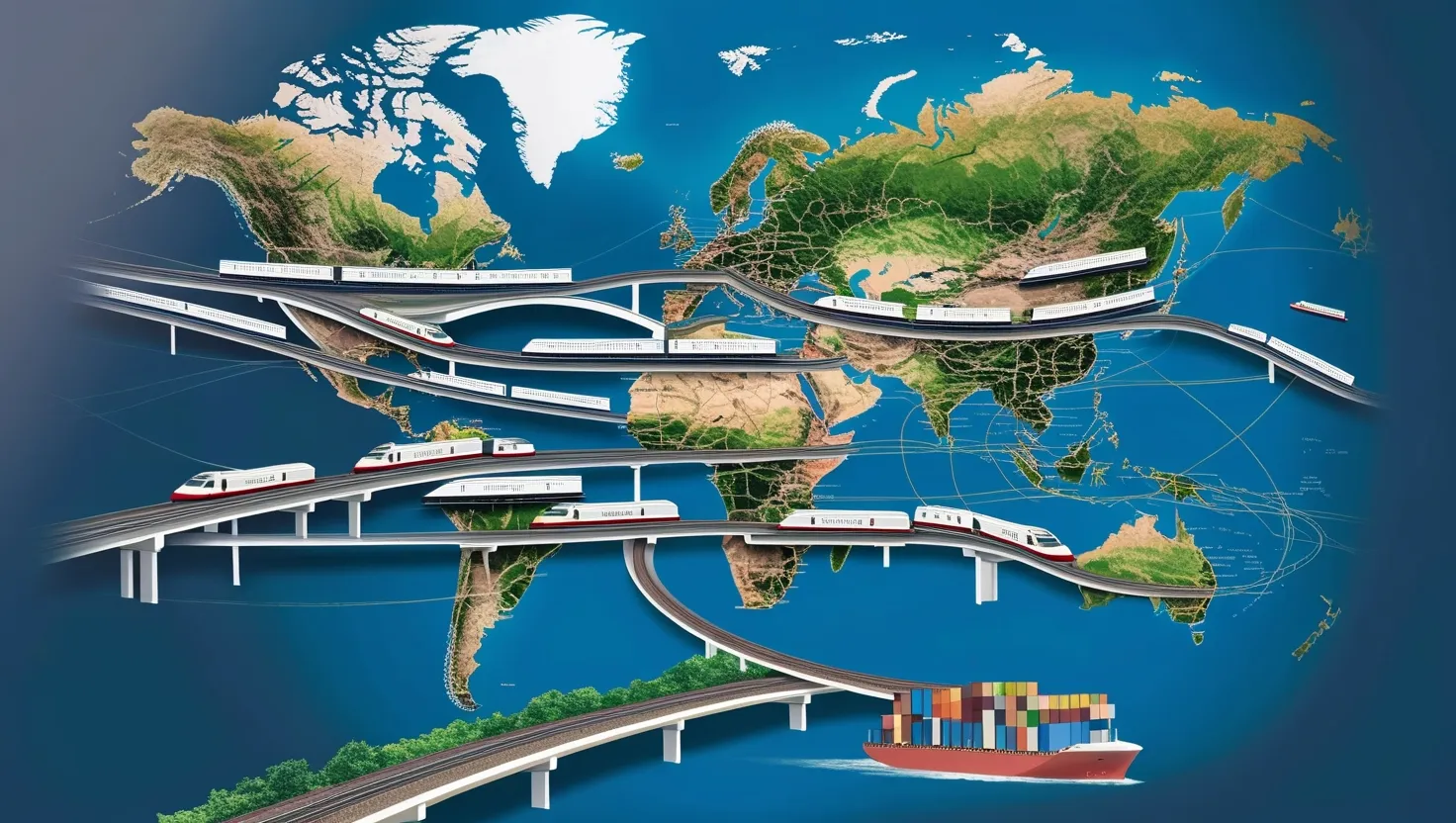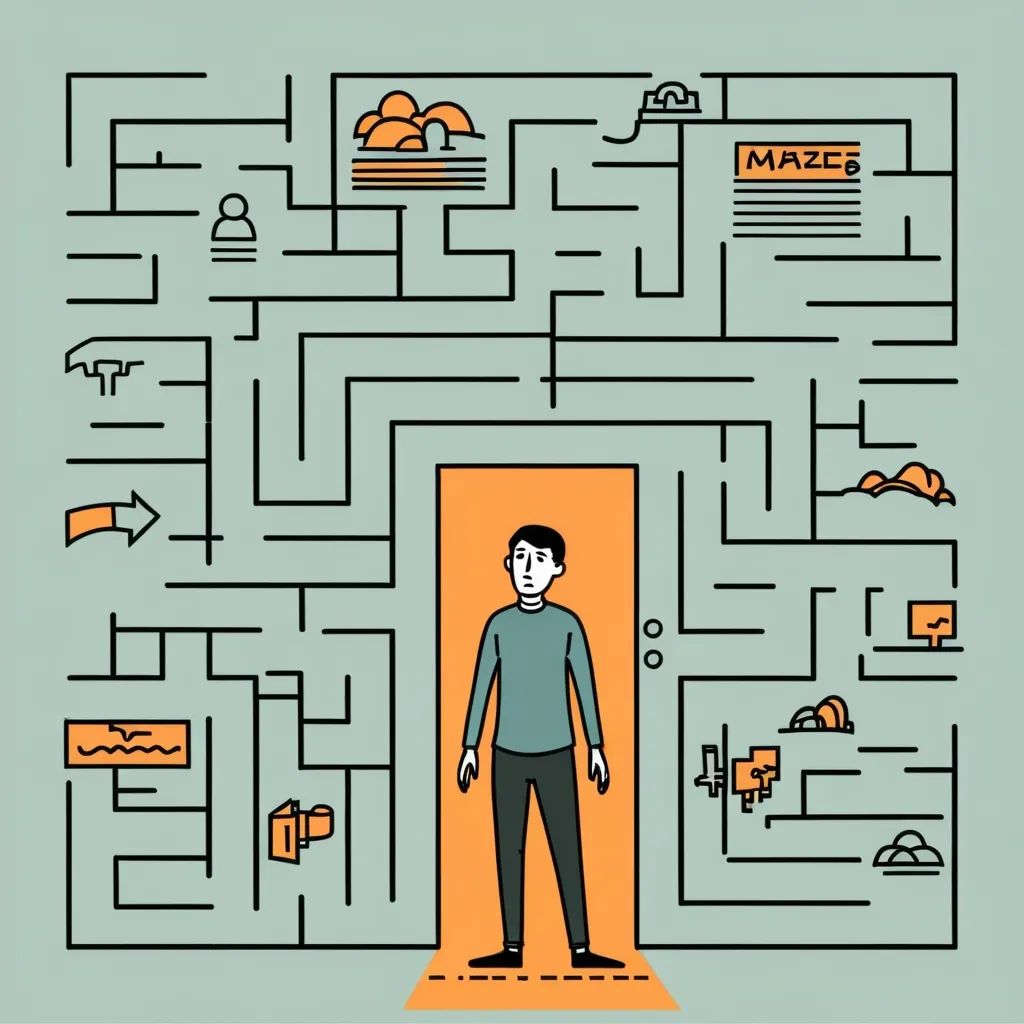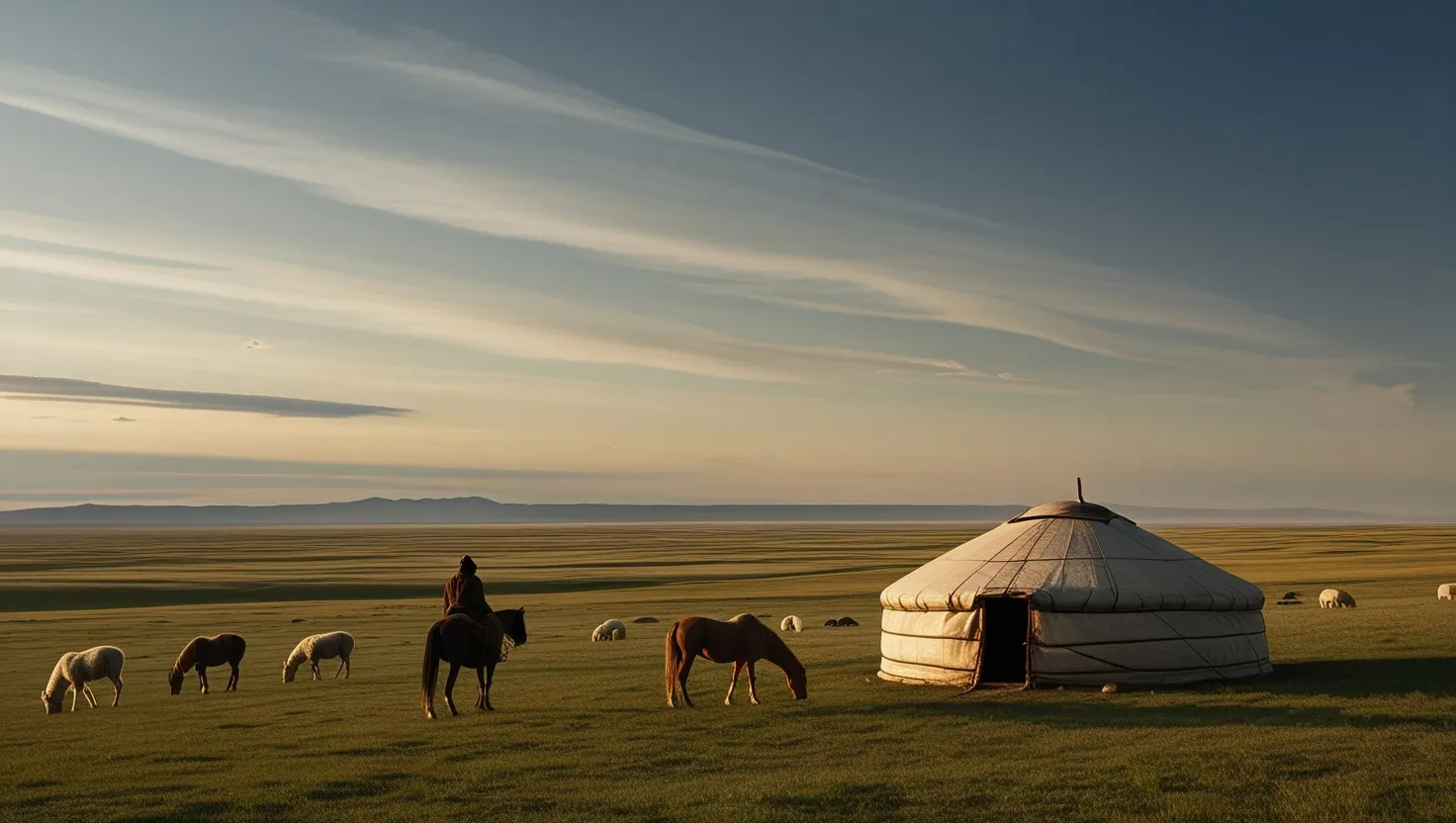As we stand at the crossroads of the 21st century, a monumental project is reshaping the global landscape, echoing the ancient trade routes that once connected the East and the West. China’s Belt and Road Initiative (BRI), launched in 2013 by President Xi Jinping, is a modern-day revival of the historic Silk Road, a network that for centuries facilitated the exchange of goods, ideas, and cultures between Asia, Europe, and Africa.
The BRI is more than just an infrastructure project; it is a vision of global connectivity that spans continents. Imagine a world where goods can travel seamlessly from China to Europe, passing through the heart of Asia, the Middle East, and Africa, just as they did centuries ago. This initiative aims to recreate that ancient network, but with a modern twist – incorporating cutting-edge technology, high-speed railways, and advanced digital infrastructure.
At its core, the BRI consists of two main components: the Silk Road Economic Belt and the 21st Century Maritime Silk Road. The Economic Belt focuses on building and expanding land routes, connecting Europe, the Middle East, Central Asia, and Asia through a web of roads, railways, and pipelines. This is not just about moving goods; it’s about creating economic corridors that foster growth and development in regions that have long been underserved.
The Maritime Silk Road, on the other hand, is about sea routes. It links East Asia with South Asia, the Middle East, Africa, and even parts of Europe, through a network of deep-water ports, logistical hubs, and new traffic routes. This maritime route is crucial, as it mirrors the historical sea trade that once flourished between China and the West.
One of the most notable projects under the BRI is the China-Pakistan Economic Corridor (CPEC). Launched in 2015, CPEC connects Pakistan’s Gwadar port on the Arabian Sea with Kashgar in China’s western Xinjiang region. This corridor is not just a trade route; it includes the construction of airports, railways, highways, and pipelines, transforming the economic landscape of the region. With total Chinese investments topping $60 billion, CPEC is a testament to the scale and ambition of the BRI.
Another example is the high-speed railway connecting Jakarta and Bandung in Indonesia. This 350-kilometer-per-hour train, which opened to passengers in October 2023, has reduced travel time from three and a half hours to just 45 minutes. It’s the first high-speed train in Southeast Asia and a symbol of the BRI’s commitment to modernizing transportation networks.
The BRI is not limited to physical infrastructure; it also includes significant investments in digital connectivity. In Mozambique, for instance, a BRI-funded project has brought satellite television to over 1,000 villages, bridging the digital divide and connecting remote communities to the global information network.
Over the past decade, the BRI has signed over 200 cooperation agreements with more than 150 countries and 30 international organizations. This global network of connectivity is transforming how goods, capital, technologies, and human resources move around the world. As President Xi Jinping noted during the BRI’s tenth anniversary, “This network has boosted the flow of goods, capital, technologies and human resources among countries involved.”
However, the BRI is not without its challenges. Critics argue that many projects lack transparency and that Chinese investments can lead to a “debt trap” for developing countries. China maintains that its lending practices are not predatory, but the concern remains a significant geopolitical issue.
Despite these challenges, the BRI has the potential to accelerate economic growth across the Asia Pacific, Africa, and Central and Eastern Europe. According to estimates, Asia alone requires up to $900 billion in infrastructure investments annually over the next decade. The BRI addresses this “infrastructure gap” by providing long-term capital, which is crucial for sustainable economic growth.
The initiative also has a strong environmental component. In recent years, there has been a push to make the BRI more sustainable. Reports from the World Economic Forum highlight the need for financial institutions to reduce their exposure to carbon-intensive sectors and increase the use of sustainable finance mechanisms like green and blue bonds. As the world’s largest manufacturer of solar panels, wind turbines, batteries, and electric vehicles, China is well-positioned to deliver low-carbon technologies to emerging and developing economies.
The BRI is a long-term project, planned to be completed by 2049, with the aim of providing sustainable economic advantages to the countries involved. It is a resurrection of the historic Silk Road, but with a modern twist. The ancient Silk Road was more than just a trade route; it was a cultural exchange that enriched the lives of people across continents. The BRI aims to do the same, fostering mutual understanding and trust among member nations through cultural exchange and integration.
As I reflect on the BRI, I am reminded of the journeys of Marco Polo and Ibn Battuta, who traveled along the ancient Silk Road, exchanging stories and goods. Today, the BRI is creating new stories of economic growth, cultural exchange, and global connectivity. It is a testament to human ingenuity and the enduring spirit of trade and cooperation that has defined our world for centuries.
The impact of the BRI extends beyond economics; it is reshaping geopolitics. The initiative has created new alliances and strengthened existing ones, particularly in regions that were previously isolated. For instance, the BRI has facilitated cooperation between China and Saudi Arabia, providing China with strategic access to African and Central Asian markets, while Saudi Arabia benefits from capital and expertise to diversify its economy away from oil.
In conclusion, the Belt and Road Initiative is more than just a massive infrastructure project; it is a vision of a connected world. It is about reviving the spirit of the ancient Silk Road, but with the tools and technologies of the 21st century. As we move forward, it will be interesting to see how this initiative continues to shape global trade, infrastructure, and geopolitics, and how it will leave its mark on the world for generations to come.






